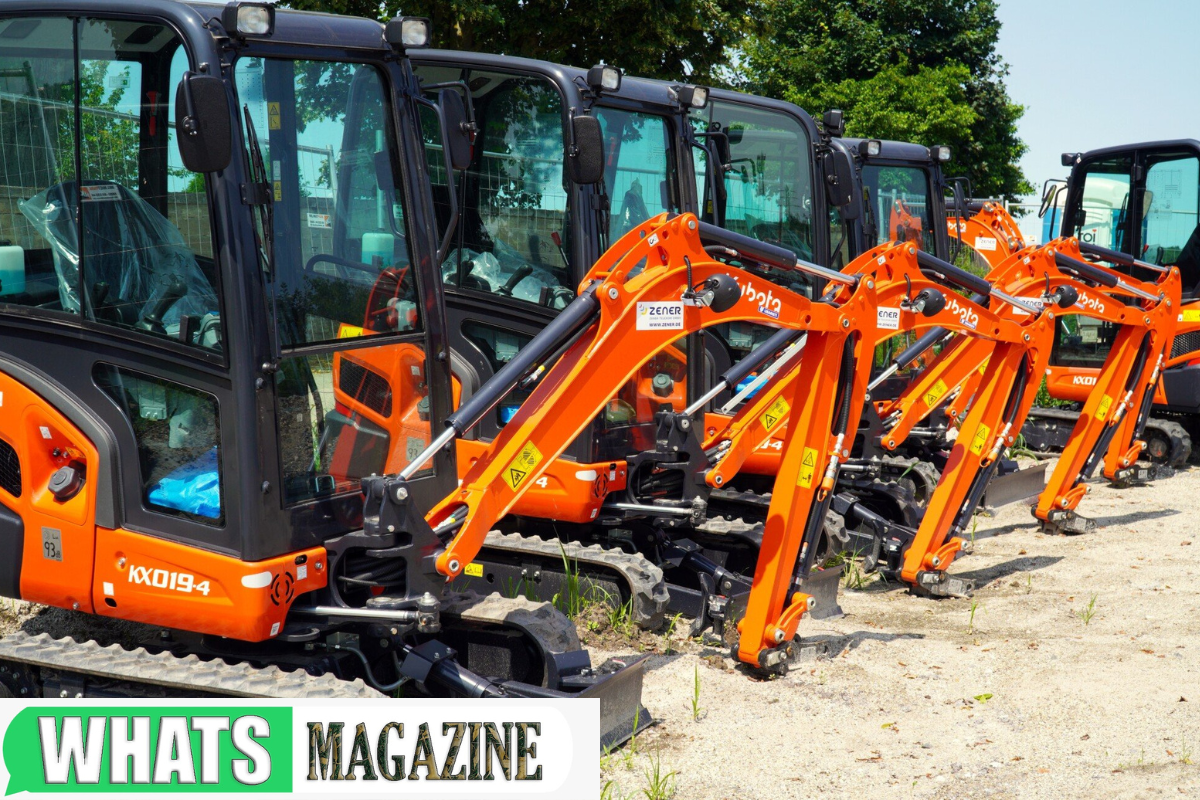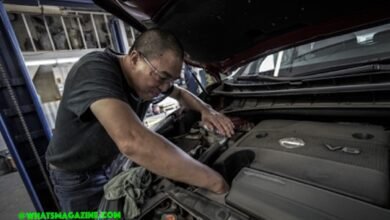The American highway system was a shadow of its current self prior to 1956. One of the justifications for building it was defensive in nature. The army needed a method of moving heavy equipment and men in a potential war scenario.
Thanks to the Interstate System’s creation, the United States has one of the best highway networks in the world. It allows this massive nation to move a lot of people with impressive efficiency. That’s great, but did it ever achieve the goal of moving heavy equipment with ease as well?
The answer is yes, but that’s not the end of the conversation. All types of machinery have different requirements for transporting them safely. Let’s examine some key strategies for shuttling heavy machinery from one place to another.
In this article
Train Operators for Moving Heavy Equipment
There’s a reason the government requires a different license classification for trucks and large vehicles. They function much differently from a compact car or even a van.
Large vehicles take much longer to come to a halt than other vehicles. Their turns are much wider. Signs on the back of semis often warn other drivers against being on their inside edge during a right turn.
They can’t travel everywhere, either. Bridges and overpasses often have height limits that restrict trucks from entering. There are one too many stories in the news of negligent truckers that wedged a semi under these structures.
Further, they require expert skill when backing up into a docking bay. They need the driver to regularly inspect the cargo and ensure the doors are locked. Even while driving, truckers have to monitor things like refrigerated goods or weight distribution.
In other words, professional movers need training. This is not a job civilians can take on right off the street. Unless companies want to damage industrial equipment and lose money, they need trained operators.
Choose Appropriate Vehicle Classifications
Companies don’t just choose semi trucks because they are big. They choose them based on how much the load weighs and how much space it takes up.
However, an enclosed semi-trailer is usually not ideal for heavy equipment for these reasons:
- The walls are too narrow
- The operator can’t see the cargo
- Heavy cargo usually outweighs enclosed trailer classifications
In most cases, you will want an open trailer. They should have built-in ramps for loading and offloading.
Do a Thorough Visual Inspection of the Transport Vehicle
It’s not just heavy machinery that needs careful examination. It’s the vehicle that drives it to its destination. Before transporting machinery, the driver should do the following:
- Check tires for tread integrity
- Check the fluid levels
- Inspect hoses and wires
- Identify cracks or damage to the trailer
- Secure the trailer link
This is not a comprehensive list. Regular engine maintenance, such as topping up oil is equally important. The hydraulic systems that trucks use also need fluid and regular maintenance.
Prioritize the Operator’s Personal Safety
The driver needs to prioritize their security above the load. Do not let any company misguide you into believing that human life is worth less than business assets. Operators should always consider their well-being first.
If you are driving heavy machinery, take the following into consideration:
- Get enough sleep prior to a long-haul journey
- Eat well and hydrate
- Wear a seatbelt
- Use air ride seats for in-transit comfort
- Take regular breaks
Most companies have some sort of safety protocol. It is folly to neglect it. Managers should make it mandatory, and operators should demand as much.
Strap Down the Equipment With Proper Restraints
You can’t rely on the weight of the equipment to keep it on the trailer. Air resistance and shifting balance during turns can easily cause a load to tip over. All heavy industrial equipment requires you to strap it down.
That said, you can’t just waltz in the Harbor Freight and buy the first straps you see off the shelf. Straps require special materials and ratings to tackle the big Hoss equipment. Without it, the ribbon or the winches could fail, leading to injury and accidents.
Further, you need to secure everything. Locking down the front of the vehicle could leave the back to fishtail or shift out of place. Either situation could be catastrophic.
Finally, you need to secure any loose elements. Say, for example, you are transporting a backhoe. Make sure to fold up the arm and secure the bucket.
Have Sufficient Storage at the Endpoint
Heavy machinery can perform in punishing, unforgiving environments. That doesn’t mean that you can neglect basic care and maintenance. Nor can you store it out in the open without proper coverage from the elements.
So, make sure you have the right equipment storage. Butler steel buildings should do the trick. They keep off rain and keep out critters that might nibble on wires.
It’s important that you have transitory storage if necessary. In some cases, you don’t have a single driver for a single long-haul journey. One transportation company passes off the cargo to another, requiring overnight storage halfway.
Be sure you don’t just leave it on the truck where vandals can reach it.
Perform Inspections Upon Receipt
It can be a long, hard road from A to B. Even if the operator has taken all the precautions, you never know what happened to the heavy machinery. Thus, take the time to do an endpoint inspection.
Examine the vehicle as you might before using it at a construction site. See if it turns on and if its components are in good condition. Be on the lookout for cracks in the hydraulic arms, or rust on its mounting plates–and so on.
It’s bad business sense to trust the transport company completely. Even a reliable business partner is liable to sweep issues under the rug. If there’s a serious issue that occurred in transit, someone has to pay–and it shouldn’t be you.
Endpoint inspections keep everybody honest.
Transport With Care Today
Moving heavy equipment is a tricky business if you don’t know what you’re doing. Make sure your operators have the training and you use the proper transport vehicles. Secure everything, do regular inspections, and lock it up tight at night.
Follow our blog for more tips and tricks that could come in handy.








